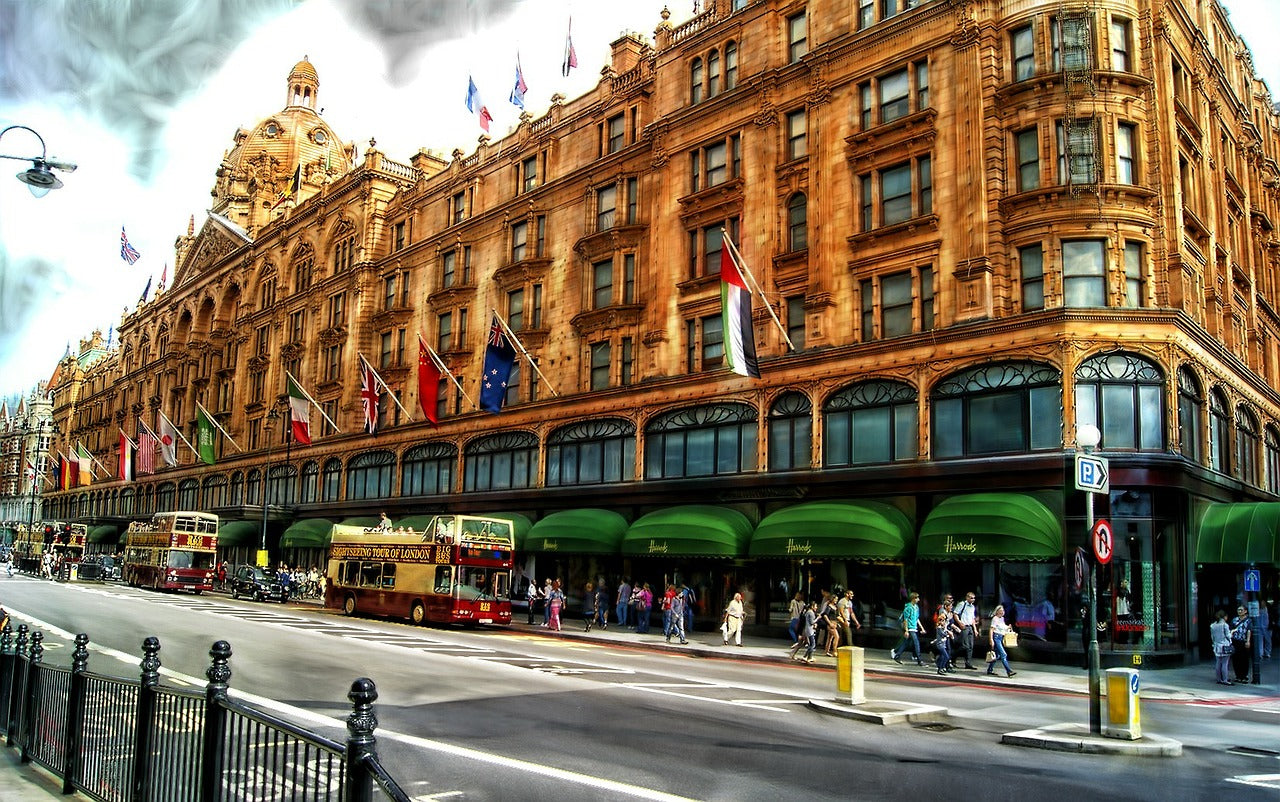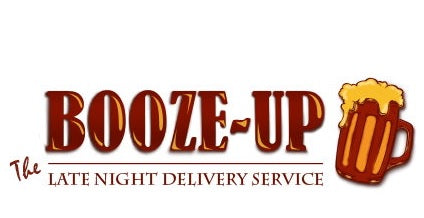The History of Harrods Department Store in Knightsbridge, London

Located at the core of London’s wealthiest neighbourhoods, Knightsbridge, Harrods is one place you should explore when you visit London. Spanning over seven floors, this store sits on 90,000 square meters and houses at least 330 different departments.
It’s frequented by up to 15 million customers throughout the year, the majority of whom aren’t from London. On its website, Harrods markets itself as a world-famous department store, and quite frankly, it’s hard to dispute this statement.
But how was this legendary shopping store born? Has it always been well-established and popular? Here’s a brief history of Harrods in Knightsbridge.
Origin
Harrods started as a simple business located at 228 Borough High Street in Southwark. It was named after its founder, Charles Henry Harrod, who established it in 1824 at a tender age of 25. Initially, this venture had been listed as a mercer, draper and clothing store. In 1825, its name was changed to Harrod and Wicking, Linen Drapers, Retail. Unfortunately, the business did not last; hence, it was dissolved in that same year.
In the years that followed, Charles tried to establish a couple of other businesses. For instance, in 1851, he acquired a business located in the Brompton District. It is this tiny shop that would, decades later, become the Harrods department store.
After the initial acquisition, Charles hired two assistants and a messenger boy to help him run errands. Later, Charles Digby Harrod, his son, took over the shop’s management, transforming it into a retail venture that dealt in medicines, stationery, perfumes, fruits and veggies.
By 1881, this business had grown so rapidly that Digby had to acquire adjacent buildings. He also hired more people, summing up to at least 100 staff.
Given its booming success, it came as a shock to many when the shopping centre burned to the ground in December 1883. Interestingly, Digby was still able to meet all his clients’ orders that year, and even recorded a substantial profit.
A couple of months after the blaze, a new store was established at the same site. The Harrods were even able to extend credit to their loyal clientele- such as members of the royal family- from the revived venture.
As luck would have it, Charles Digby Harrod met with Edgar Cohen, who was a devoted businessman like himself. Following this meeting, Harrod decided to sell his stake in the store for £120,000 through the 1889 stock market flotation. But even after the company’s acquisition, the new owners decided to retain its name, calling it the Harrod’s Stores Limited.
In the years that followed, the company was acquired by several other entities. For instance, it was acquired by the House of Fraser in 1959, and by the Fayed brothers in 1985.
However, the acquisition that had the biggest impact on its development happened in May 2010. Mohammed Al Fayed, one of the Fayed brothers, sold the company to the Qatari royal family for a profitable £1.5 billion.
Prior to this acquisition, the Fayed brothers had managed the department store for more than two decades. Presently, Harrods is still run by Qatar Holdings.
Conclusion
Harrods is one of the biggest department stores in Europe. Given its popularity, it’s not surprising that it also has a rich history that spans over many years. This store was first owned by the Harrods, the family after whom it’s named. But currently, it’s managed by Qatar Holdings.










